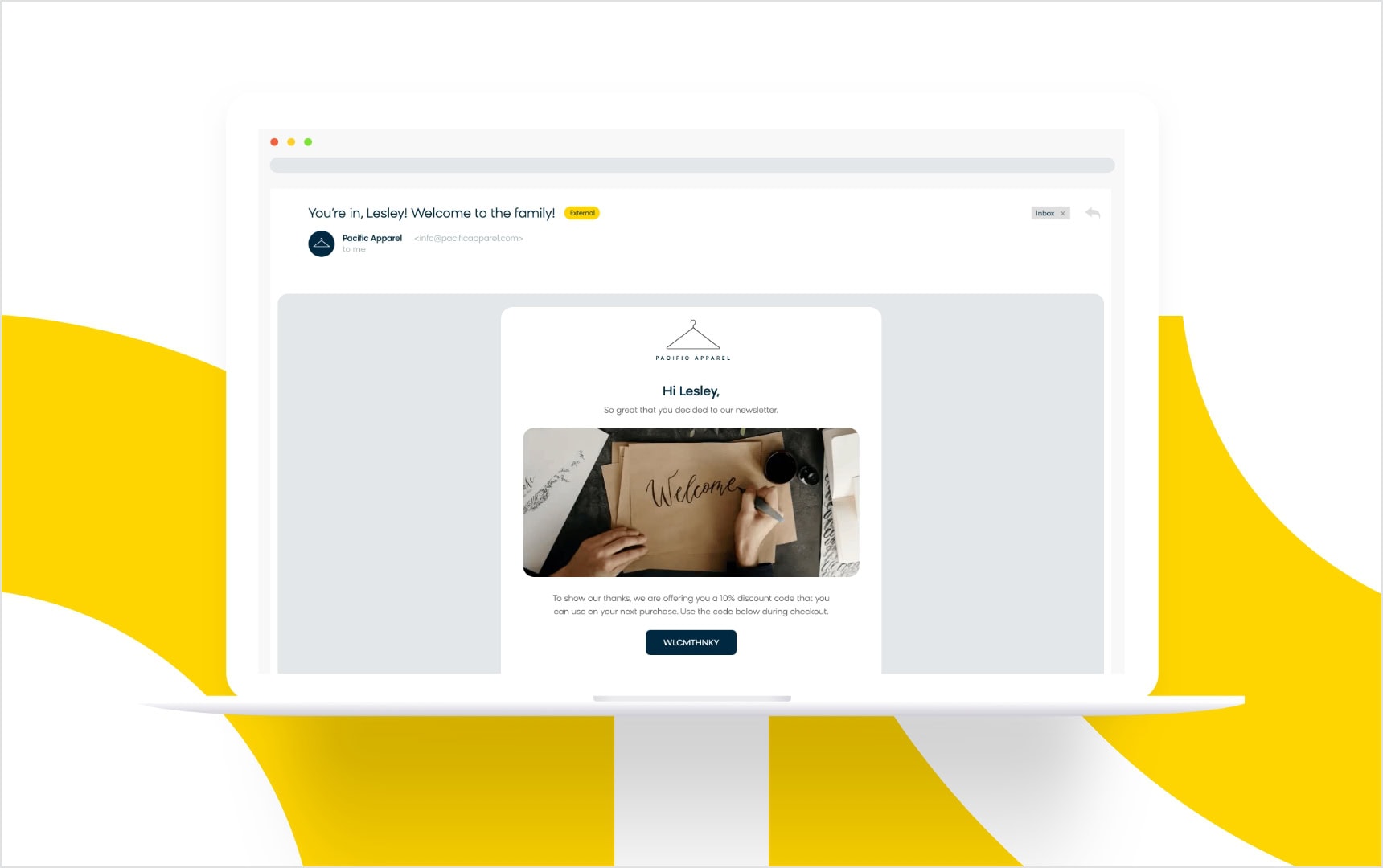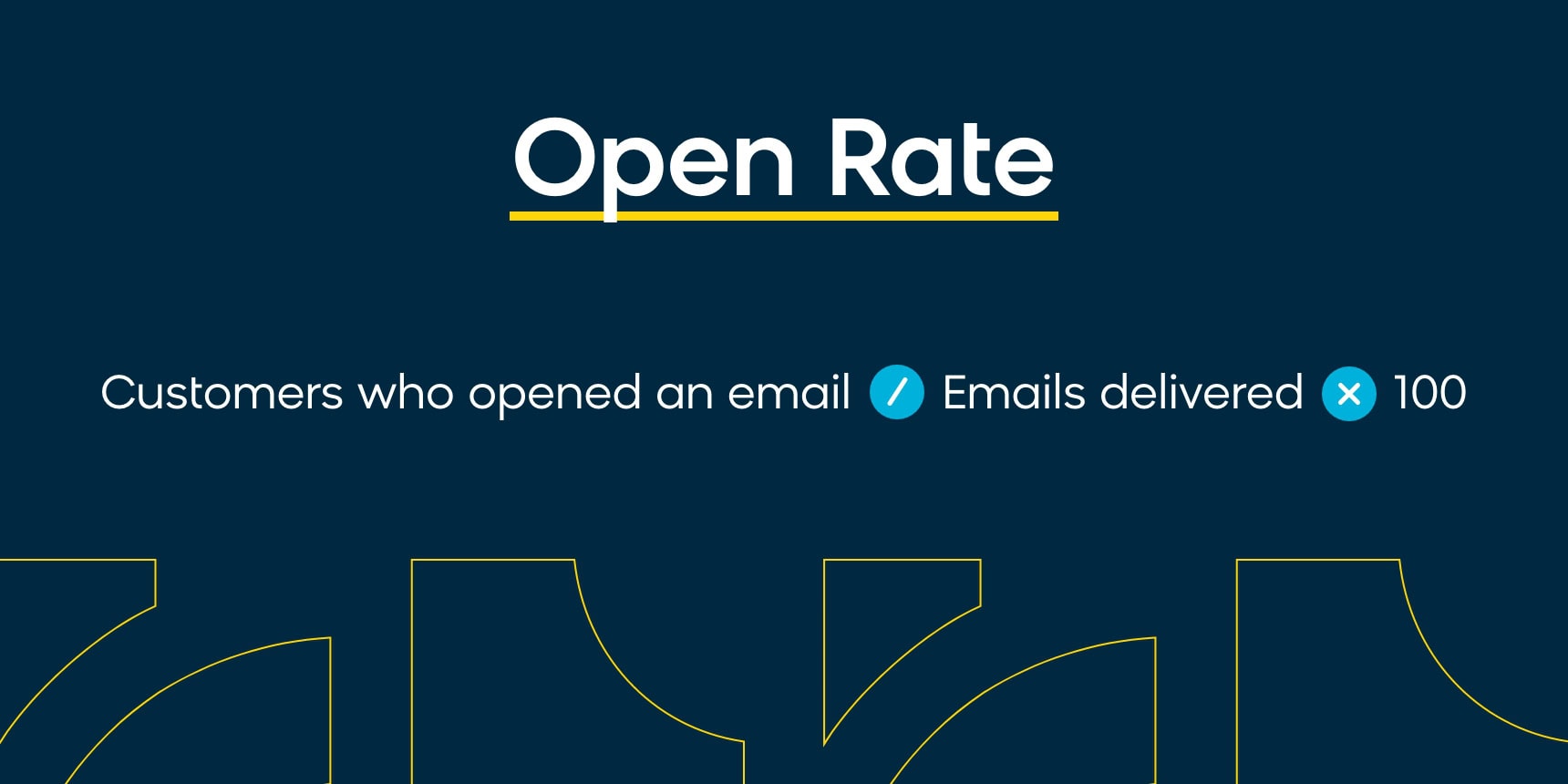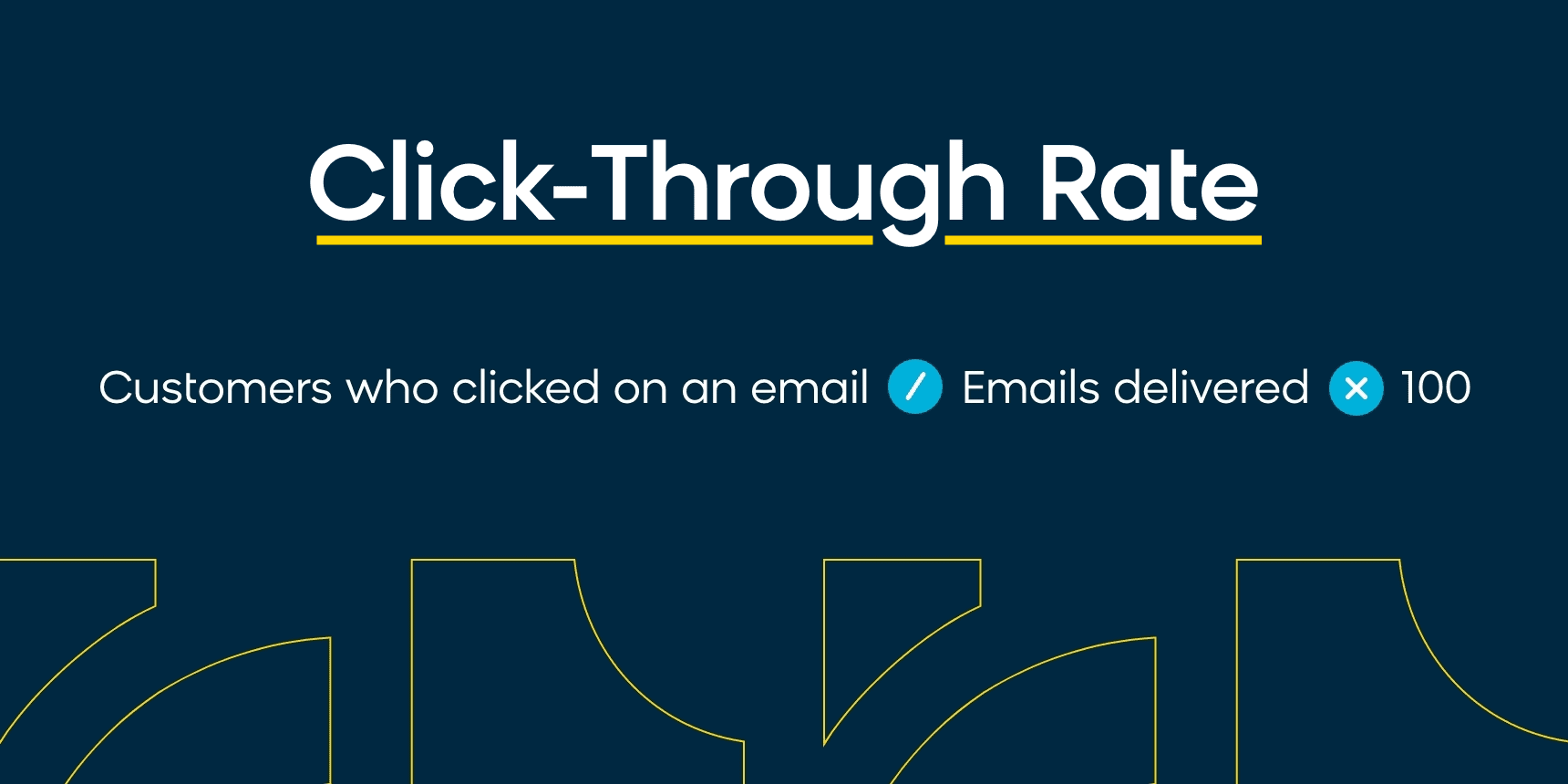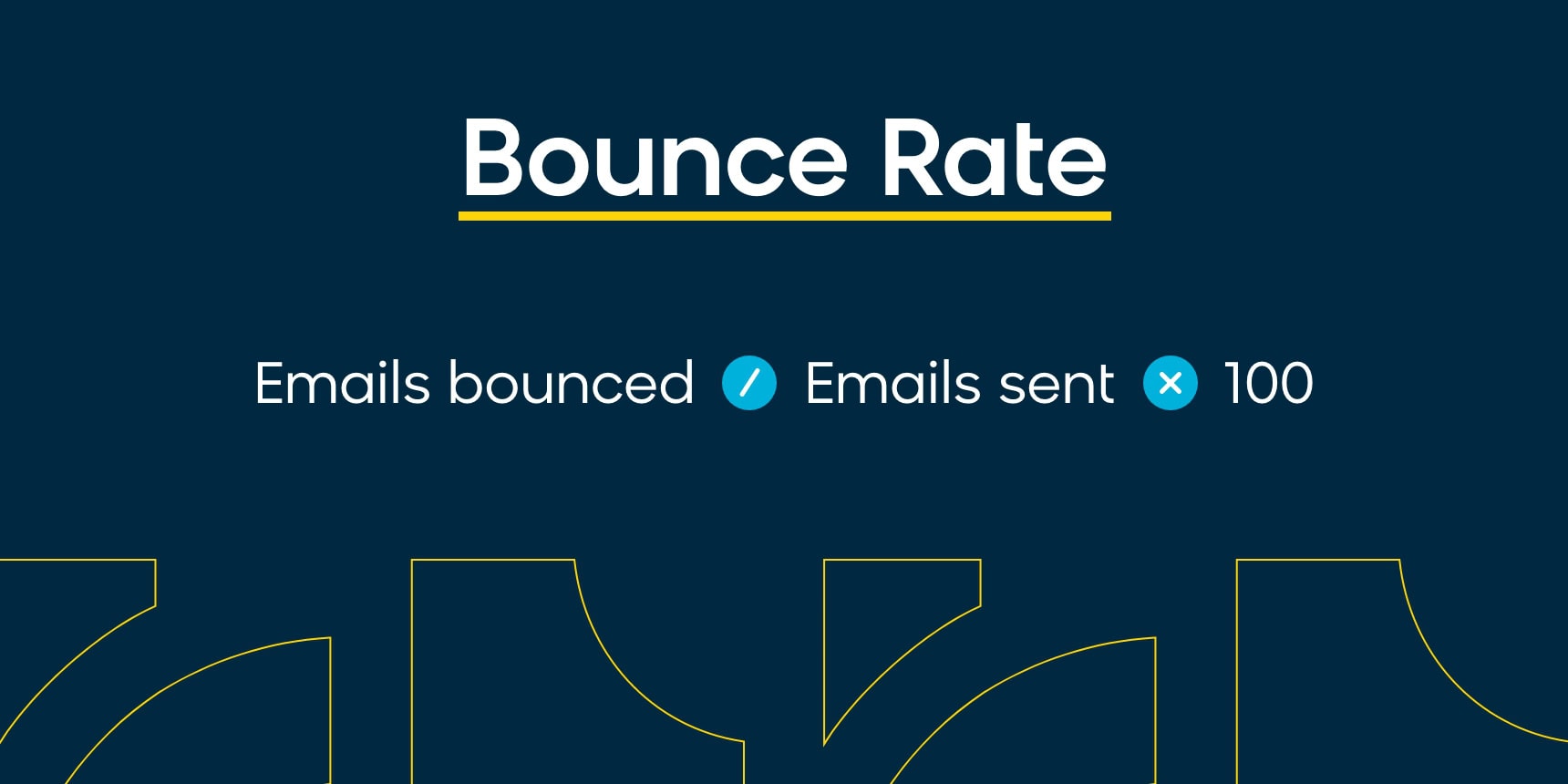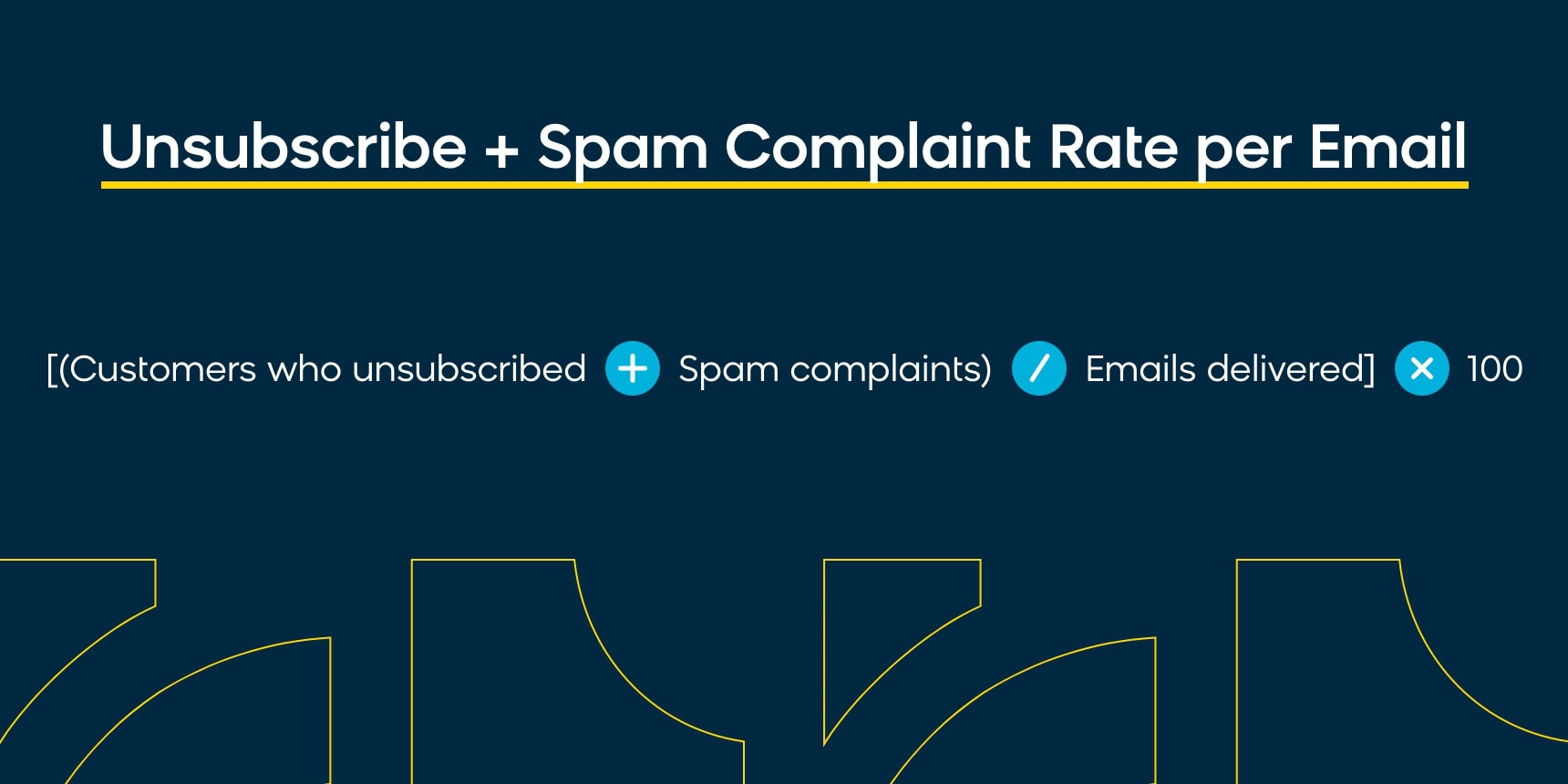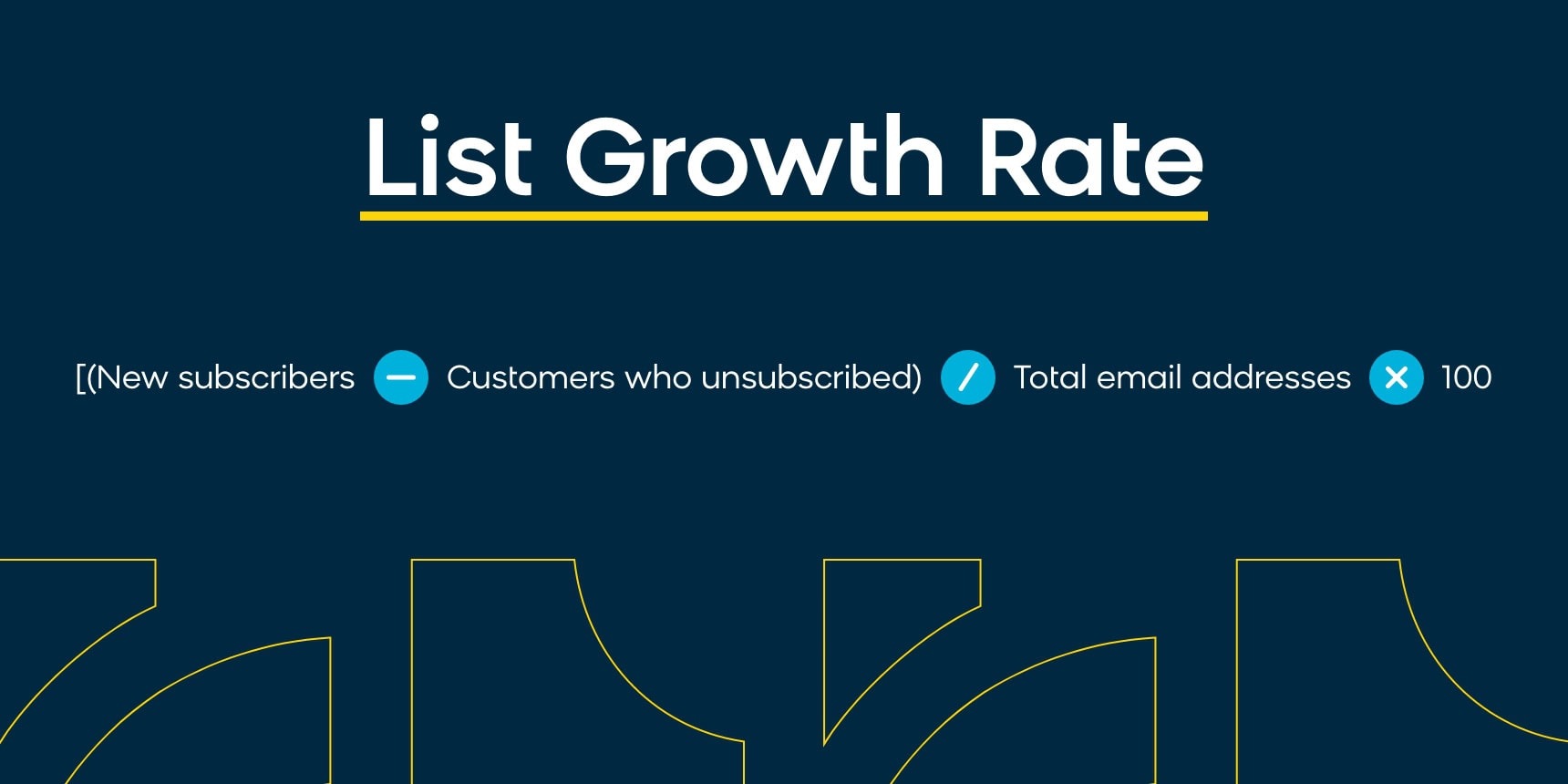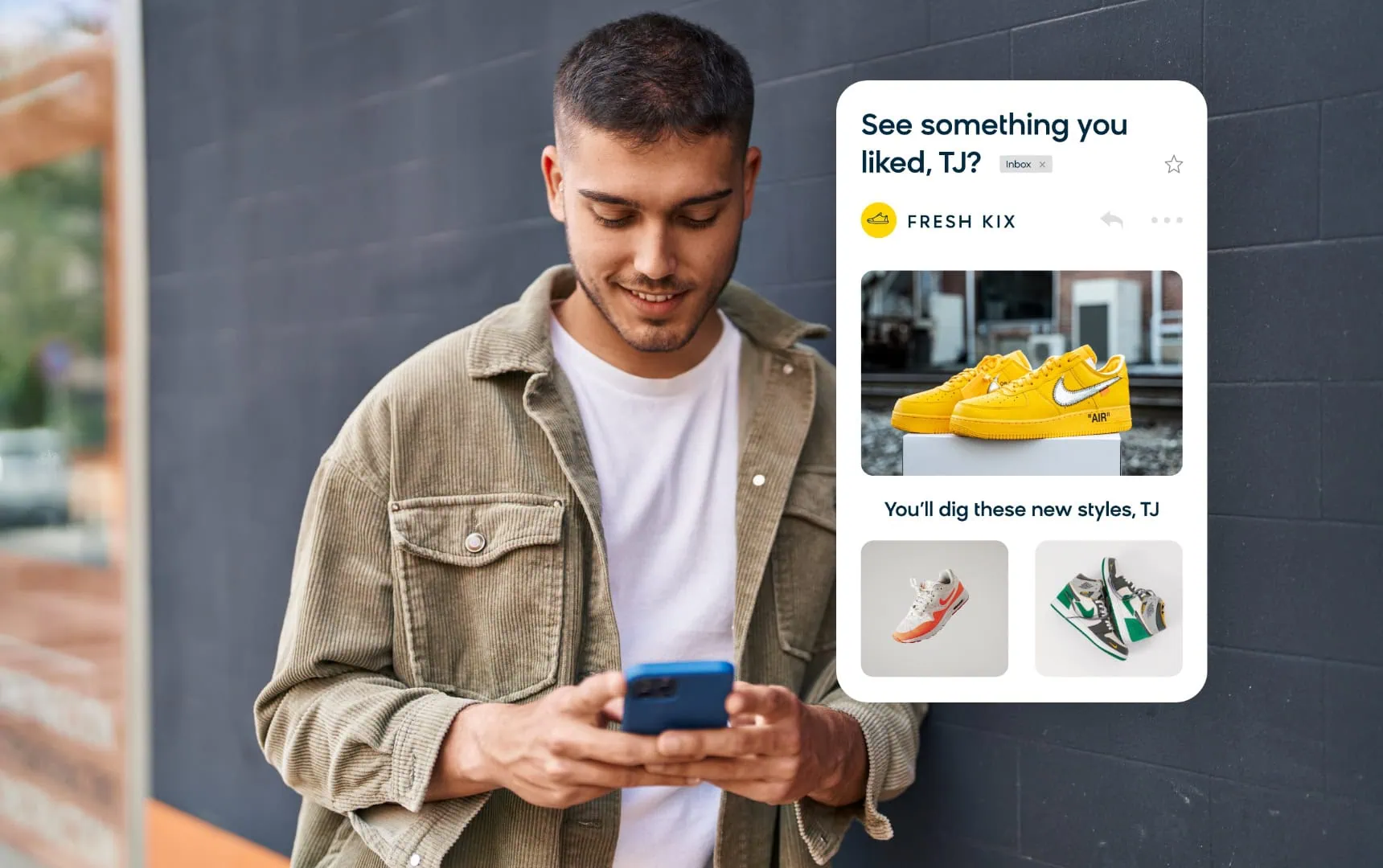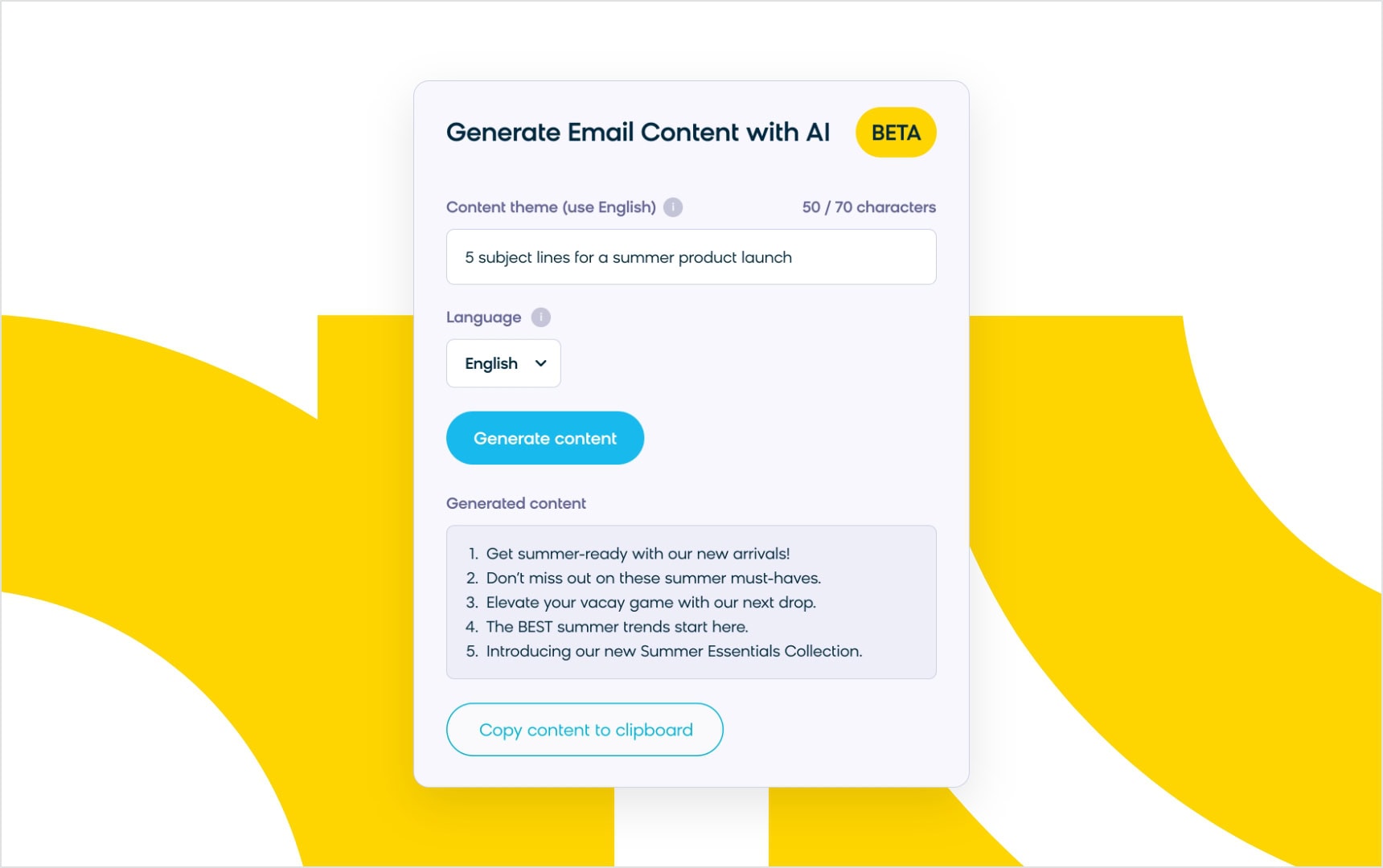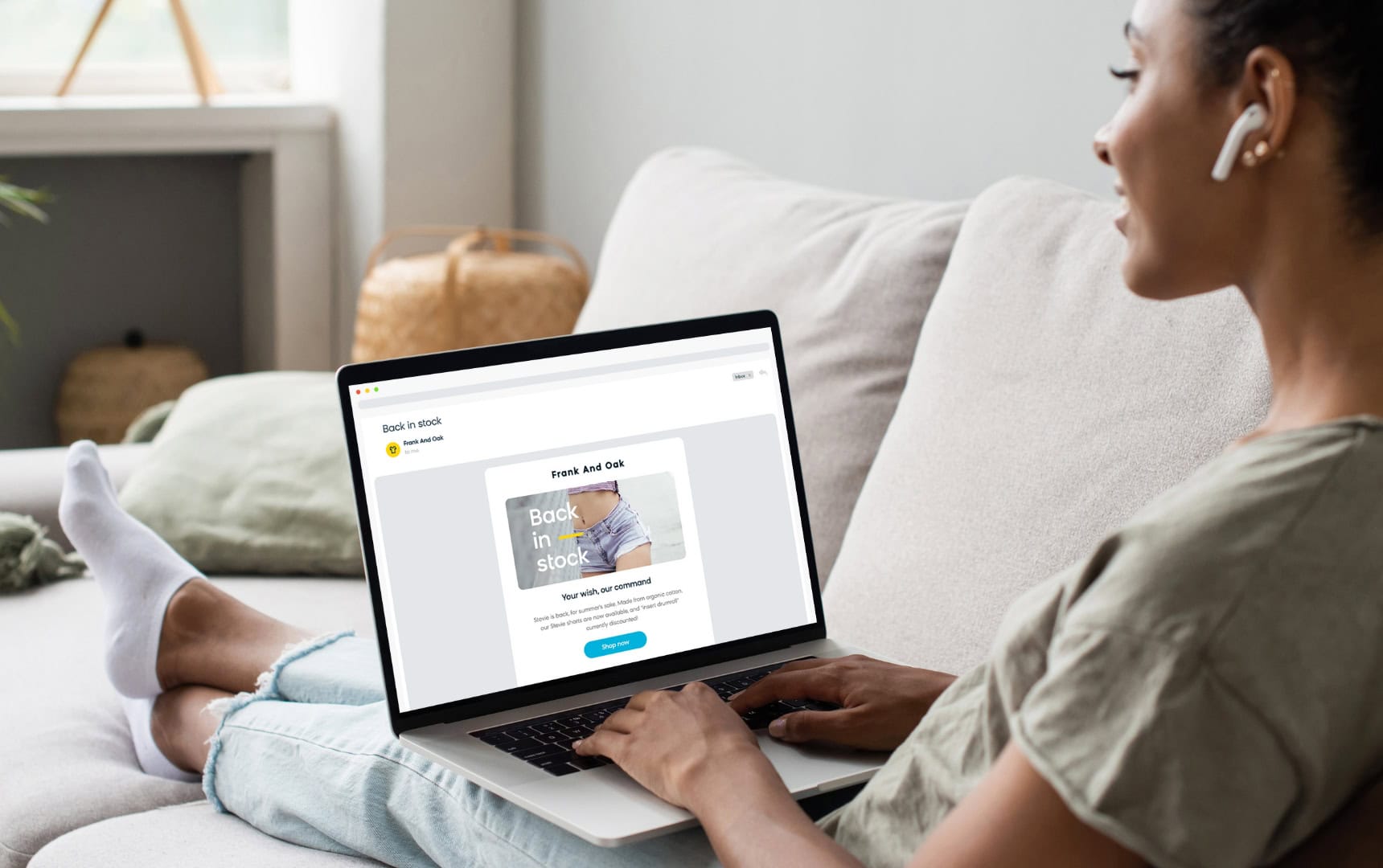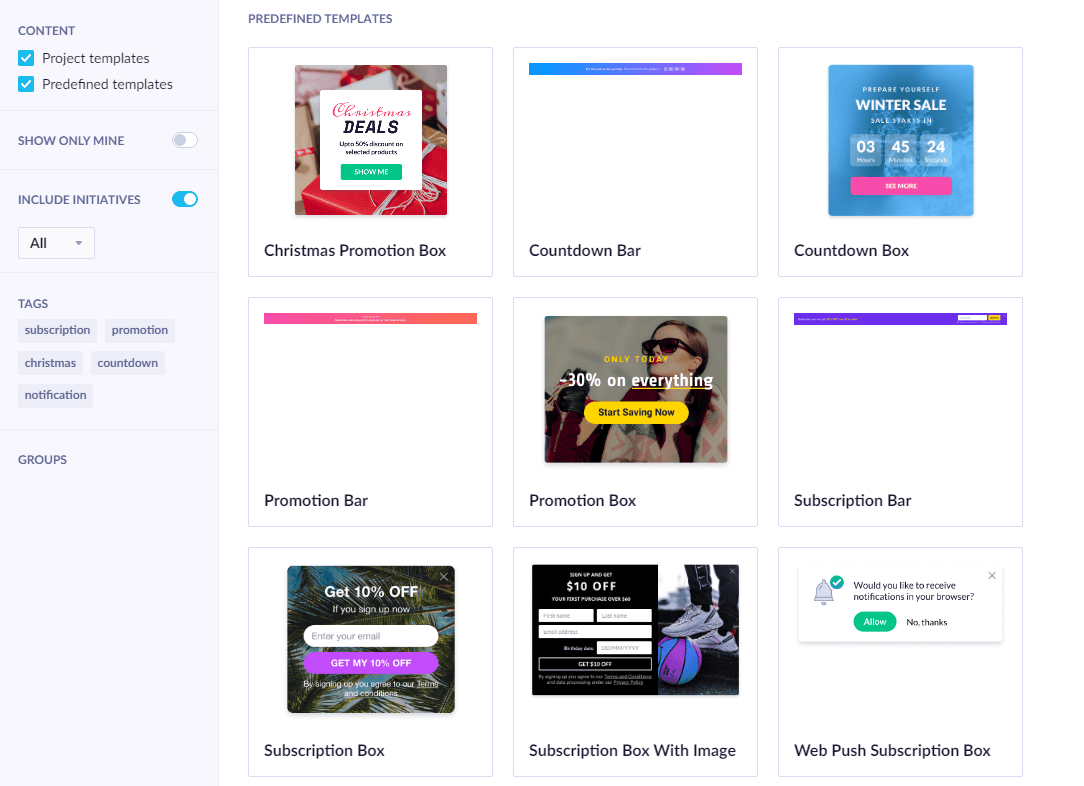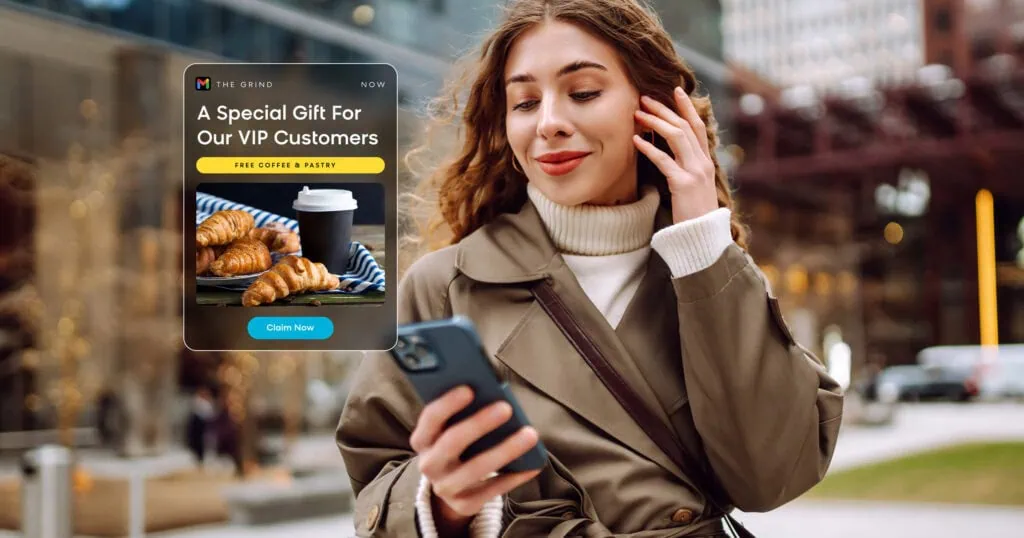There’s a reason why email is still so commonly used today — not only are email campaigns a relatively easy-to-implement, low-budget marketing option, effective email marketing campaigns can drive significant conversions and revenue for your business.
But first, in order to create the right email marketing strategy, you’ll need to understand inbound marketing. This is a technique that focuses on recruiting consumers, or leads, using company-created online content, allowing potential customers to come to the business rather than marketers competing for their attention. So how can email marketing fuel your overall inbound strategy?
Whether you’re a B2B or B2C business, a key part of inbound marketing (and email marketing strategies in general) has to do with omnichannel vs. multichannel marketing. While multichannel deals with multiple channels, the difference here is that an omnichannel strategy will connect all channels to provide a consistent experience across the board. And because your channels work in sync instead of in parallel, your email marketing campaigns will benefit and be even more effective as a result.
Let’s dive deeper into email marketing strategies, along with examples from top-in-class brands.
What Is the Definition of an Email Marketing Strategy?
An email marketing strategy is a process that marketers develop and implement to attain specific marketing objectives using email advertising. Effective email marketing strategies will include the following steps:
- Setting goals for your email campaigns and creating a calendar
- Segmenting your email list based on demographics, preferences, shopping and browsing behavior, and more
- Creating a short and effective subject line (ideally between 30-50 characters)
- Creating the rest of the email content, including clear calls to action (CTAs)
- Designing the email for good readability and brand consistency
- Automating the email campaign for optimal send times and personalization
- Regularly cleaning email lists so that campaigns are being sent to the right people
- Testing email variants to continually optimize for your key metrics
Even though email marketing may not be as trendy as its social media or video marketing siblings, email marketing efforts reach a large audience and can earn serious money for ecommerce brands. That’s because email gives B2B and B2C brands a direct line of communication with prospects and existing customers.
The best email marketing strategies lead to higher customer lifetime value. Investing time and money in email marketing efforts can yield a considerable ROI for your organization. Furthermore, by basing your email customization on first- and zero-party data, you ensure comprehensive personalization and improved brand loyalty.
To develop a successful email marketing strategy, you need to start by focusing on your email list hygiene. This entails removing invalid and uninterested e-mail addresses from your mailing list and sending only useful messages to your subscribers. A high number of unsubscribes, inactivity, and spam complaints will increase the likelihood that your emails won’t reach the sender’s mailbox. When you can personalize the content, cadence, and timing of every email for every customer, you only need to send the emails that matter and can focus on quality over quantity.
Quality matters because if you don’t send relevant content, even your most loyal customers will stop engaging. This will both affect your brand’s reputation and result in inactivity, which can cause email service providers (ESPs) to ding you.
How To Set Email Marketing Goals and Metrics
Before you can launch an email marketing campaign, it’s crucial to understand what your goals are. It’s also important to understand which metrics will help you determine if your email campaign was successful or not. For example, if you’re focused on brand awareness, you might consider your open rate. However, if you’re focused on converting customers, your click-through rate or revenue per subscriber might be more relevant.
To define successful email marketing goals, start with clear targets and measurable goals. Specific goals should be set, like increasing sales to certain product lines or converting new customers from email-only to active customers. Be detailed and specific when setting goals. It’s a necessity to clarify the meaning of goals such as “increase sales” and understand the impact of a single sale on your campaign email marketing strategy. Let’s explore some of the key metrics you could use in your marketing goals.
Open Rate
Your open rate measures the percentage of recipients who read your emails from a specific campaign. You calculate it by dividing the number of people who opened the email by the number of people who received it. Knowing the average open rates for your industry can help you determine how well your email marketing works, especially since they vary slightly between B2B and B2C companies. Research shows B2C emails have an average open rate of 3-4% higher than B2B emails.
Note: Open rate figures are derived by analyzing the download of tracking pictures contained within each email. However, because some email clients do not automatically download photos, not every email can be tracked. Similarly, some email programs just display plain text and don’t display downloaded graphics. This means that while open rates can be a valuable metric, they are not the be-all and end-all when setting email marketing goals.
Click-Through Rate
Your click-through rate is the percentage of people reading your email who access a link to a particular piece of content, such as a promotion or blog post. Overall, B2B emails have a greater click-through rate than B2C emails. This means that while B2B will find fewer people opening their emails, more people will click through, which can lead to more conversions.
How do you know how many individuals clicked through and purchased, downloaded a trial, or performed another activity? You can use tools like Google Analytics or an advanced ESP like Bloomreach Engagement to track these actions and attribute them to your email marketing. The most essential metric is not the raw statistics, but the change in these figures from one campaign to the next (also known as the trend). After each campaign, you should modify your email marketing plan’s content and design accordingly.
Bounce Rate
Your bounce rate is the percentage of email addresses your campaign failed to deliver. Email providers and anti-spam networks track bounce rates for each campaign you send and use that data to determine if they’ll accept mail from you in the future. Besides affecting an individual sender’s reputation, high bounce rates can land your sending IPs on blocklists, and potentially affect others who use your service.
The quality of your subscriber lists is closely tied to bounce rates. A robust, permission-based list with active and engaged email subscribers has low bounce rates. High bounce rates indicate issues with how your list was built or administered. You’ll also want to determine which were hard bounces vs. soft bounces and clean up your list accordingly.
For B2C brands, whether the ISP blocks the campaign outright or sends it to the junk folder, your reputation is damaged. News will spread quickly to blocklist operators and anti-spam networks, which all major ISPs subscribe to. If nothing is done to rectify the situation, email deliverability to other major ISPs will soon decline.
Meanwhile, for B2B, there is the additional challenge of many businesses having their own programs to determine what email gets through to their employees. If you’re seeing a recent increase in bounce rates and haven’t changed your list, it makes sense to check in with some of your clients. You should see if certain keywords are now flagged.
Unsubscribe Rate
Another useful metric is how many people unsubscribe from your emails. An unsubscribe rate is the number of unsubscribes divided by the number of emails delivered. In general, the optimal unsubscribe rate is 0.5% (or lower). If your rates are getting too high, it may have to do with how frequently you’re sending emails and how relevant the content is.
Even though you want your rates to be lower, you also want to make sure that it’s easy for your customers to unsubscribe. Be sure to include an unsubscribe link at the bottom of your emails — the last thing you want is for your customers to get frustrated and mark your emails as spam instead.
Spam Rate
Spam rate is a metric that measures how often subscribers mark your emails as spam. The spam complaint rate calculation is the number of people who mark your email as spam out of the number of people who receive it. B2B and B2C email marketers need to adhere to best practices to avoid their emails getting flagged as spam. However, B2B email marketers may face additional challenges due to stringent corporate spam filters and firewalls. Improve deliverability by establishing a strong sender reputation and personalizing email content (and join the ranks of the 99% Inbox Placement Club!).
It may also be helpful to look at a combination of your unsubscribes and spam complaints by adding both together, dividing by the number of emails delivered, and then multiplying by 100.
List Growth Rate
List growth rate is a metric used to track whether your email list is growing. You can calculate this by taking the number of new subscribers minus the number of unsubscribed subscribers. Then, divide that by the total number of email addresses on your list, and then multiply it by 100. While B2C sales can target millions of potential customers, a small number of B2B clients can generate 80% or more of the company’s sales. In the B2B process, a few clients can make a huge difference, so expanding your email list (in combination with the other metrics mentioned) can have a big impact on your bottom line.
Email Marketing Strategies That Work for B2B and B2C
Now that you know what metrics to look for, the big question is now: How do you create an email marketing strategy that works? Here are some strategies that can apply to both B2C and B2B brands.
Personalization and Segmentation
Segmentation means creating email marketing campaigns targeting specific users based on consumer behavior and insights. To match your audience to the relevant campaign, use profile traits, calculated attributes, behavioral triggers, or other statistics. In general, B2C will focus more on segmentation than B2B because B2C has a much larger number of clients.
Here are some examples of segmentation:
- Industry segmentation. The industries that your customers work in may impact the types of products they purchase. Segmenting your mailing list based on industry can help you promote entire categories of products or services more effectively.
- Company size segmentation. Segmenting email campaigns by company size or yearly revenue, also known as account-based marketing, is an excellent approach to boosting response rates. For example, a small company with five employees is unlikely to be ready for the largest industry conference of the year, but a business with 750 employees may be a better fit.
- Sales cycle segmentation. Early-stage buyers will not be ready for a strong sales presentation or one-to-one demo, but they will appreciate an industry study or whitepaper. Ready buyers, on the other hand, will respond positively to product seminars or free trial offers.
Once you have your segments, that’ll make it easier to personalize your content. Personalization is the gold standard of digital marketing and should be present in every facet of your email marketing strategy. It’s driven by real-time, first-party (or zero-party) data, and includes personalized messages, images, product recommendations, and more.
Personalization is a necessity for brands in B2C marketing because it gives the customer multiple connection points to your company that otherwise might not have existed. And, even though it’s more complex for B2B, personalization should be a priority there, too.
B2B personalization is not as simple as copying and pasting the same approach as B2C personalization. When targeting a B2B business, your content marketing and merchandising strategies might focus on different roles within a similar audience segment, each of whom is searching for products with multiple applications. You’ll find that combining personalization and segmentation tactics will increase your brand marketing effectiveness.
Mobile-First Email Design
Mobile-first email design means creating and organizing email campaigns with mobile devices in mind. You should choose whatever email format looks better and delivers the optimal user experience on mobile. This is likely more essential of a strategy for B2C than B2B.
So, how should you improve your mobile campaigns?
- Implement responsive email design (RED). Using a responsive email design optimizes the user experience regardless of the device or screen they’re using. Most email service providers have this option as part of their email capabilities.
- Keep the email subject line and the preheader brief. The subject line needs to be brief so that the reader immediately understands the email’s topic. And don’t squander the preheader text (also known as snippet text) — use that space to provide more context or include a call to action (for example, “Get your free shipping offer inside”).
- Make the CTA big and obvious. The size of mobile devices varies. While a text link may function on a tablet or larger screen, your readers with smaller screens (or bigger hands!) may be turned off if your call to action is too tiny. Make the call to action large, bold, and easy to click on.
Tested and Optimized Subject Lines
The practice of testing, evaluating, and modifying email subject lines is called subject line optimization. The idea here is to determine which aspects of your subject lines get the most responses from your audience. With email marketing, another crucial factor to consider is the tone of your communications. B2B should be less casual and more professional, while for B2C, your tone of voice might be warmer and more fun to catch your customers’ attention. Remember: Your brand voice should complement your brand identity. Establish a tone and ensure it’s reflected in all your email marketing subject lines.
If you need some help generating ideas for subject lines, try using AI to help you create subject lines to test out.
Tested and Optimized Time of Send
Email marketing is all about timing, which is where send time optimization (STO) comes in. STO enables marketers to deliver emails to each recipient at the best time. In other words, the same email is delivered to various recipients at different times based on their likelihood of engaging. This can be powerful for your marketing team — after all, more email opens means more email click-throughs, which can translate to greater conversions and revenue.
There is no one-size-fits-all method of sending emails. A/B testing may help you figure out what works best for you and your audience. Or, you can turn to an AI-driven solution to automatically predict when your customers are most likely to open your emails.
User-Generated Content
User-generated content, also known as user-created content, is any type of content produced by users on online platforms like social media, discussion forums, wikis, and more. The content can include photographs, videos, text, testimonials, and audio. Because of the high-value items and various decision-makers involved, B2B sales cycles are often longer and more complex than B2C sales cycles. As a result, B2B social media marketing strategies must prioritize relationship-building and quality content production. B2C methods emphasize rapid conversions and impulsive purchases, employing eye-catching content and promotional incentives to entice instant action.
This means that both B2B and B2C will use different user-generated content. A B2B company might share a testimonial about how its product helped an organization meet its bottom line. A B2C brand, on the other hand, might share more fun content, like customers’ pictures of them enjoying a product. User-generated content is an excellent way to get content to share, build relationships with your customers, and boost brand awareness.
Reengagement Campaigns
Reengagement campaigns are email series addressed to dormant or lapsing subscribers. A reengagement email’s purpose is to get users to interact with your communications again. To that end, you should deliver a series of reengagement emails rather than one when reengaging clients. People require reasons to stay, and sending an email series provides subscribers with extra ways to engage. It’s not enough to simply send an email saying “please return” — you must also demonstrate why it’s worth their time.
Have your customers looked at products on your site before? Send abandoned cart, low-inventory, or back-in-stock emails for the items they previously viewed. If you know their preferences (see the segmentation section above), you can also follow up with personalized recommendations with a discount code to entice them to come back to your site.
Trigger-Based Campaigns
Trigger-based marketing is the practice of sending emails or alerts in reaction to an activity at a specific time. Different user behaviors necessitate distinct trigger messages. You can design and set triggers at any point in the client journey to optimize personalization, and this is where creating email marketing templates will come in handy. You can set triggers for anything that can be “caught” by the automation software or CRM you employ, and can include completing a form, abandoning a cart, subscribing to a newsletter, or creating a user account.
Some examples of trigger emails include:
- An automated welcome email series with their login details, instructions on how to get started, and a video demonstration for further help. You can also offer a one-to-one meeting to discuss the product with them and answer any questions they may have.
- Win-back emails to get customers to come back and interact with your brand. For example, if a current customer’s yearly membership is about to expire, but they haven’t used your product in three months, you can create an automatic win-back email with a list of updated product features and maybe an incentive or offer.
- Surprise emails can keep your customers engaged. After all, the secret to success is customer loyalty. Reward your regular customers by giving them something for free on occasion. Create a “surprise” email that automatically sends an email to your top customers offering them a discount or a gift. It’s a small investment for your company, but the payoff is enormous!
Repurposed Content Plan
Repurposing content (also known as “content recycling”) is the technique of reusing all or part of your existing content to increase its reach. Typically, repurposed material is changed into an updated format (for example, converting a blog article into an infographic). By repurposing, you save yourself some time and effort in creating brand new content, and can breathe new life into content that’s not getting much attention.
Oliver Bonas Sees Huge Boost in Revenue With Email
Oliver Bonas is a British lifestyle retailer with over 80 stores in the UK and Ireland. The company’s aim was to create a single customer view (SCV) for its online shopping experience. In particular, it wanted a scalable, flexible, and updatable database of customer profiles, complete with purchase history, site activity, and product recommendations. That’s why the brand turned to Bloomreach Engagement to implement an effective email marketing strategy that included personalized emails, opt-in segments, reminders, and abandoned-cart notices for various customer segments.
As a result, Bloomreach’s all-inclusive platform delivered connected customer experiences with a single, automated solution and allowed customers to manage their correspondence through an email preference center. In less than a year, Oliver Bonas experienced exponential results with Bloomreach, driving an incredible 762% increase in revenue, as well as big increases in conversion rates and click-through rates.
River Island Uses a Smart Newsletter Policy To Improve Revenue per Email
River Island, a high-street fashion brand, sought to optimize its email marketing program by enhancing its domain reputation and building trust through a positive customer communication experience. The company needed to find the right balance between sending too many emails to inactive customers and too few to loyal customers. This would ensure both increased revenue and long-term success.
The company used Bloomreach Engagement to create an email marketing strategy to achieve these goals while minimizing unsubscribe rates and annoyance for inactive customers. To accomplish this, River Island ran an A/B test to test an out-of-the-box frequency management policy.
The email marketing strategy segmented newsletter audiences into eight categories based on engagement and email send limits. After the test, River Island set up campaign prioritizations, ensuring customers received only one email in a specified time period. The results showed significant improvements in River Island’s email marketing program, including a 30.9% increase in revenue per email and a 26% increase in email open rates. Additionally, the company saw a 12.8% decrease in unsubscribe rates.
Email Marketing Strategies: B2B and B2C Templates
There’s a lot to consider for your email marketing strategy, but there’s no need to start from scratch! For example, Bloomreach Engagement offers a variety of prebuilt email templates applicable for both B2B and B2C businesses. You can greatly speed up email creation by using predefined blocks for things like:
- Product recommendations
- Offers and discounts
- Countdowns
- Subscription opt-ins
- Holiday promotions
- And much more!
Be sure to take advantage of templates to streamline your email marketing strategies and start driving results faster.
Uplevel Your Email Marketing Strategy With Bloomreach Engagement
With a little effort, you can send amazing email campaigns. Regardless of whether you’re a B2B or B2C business, before launching an email marketing campaign, it’s critical to determine what your goals are and which metrics will help you show if your email campaign was successful or not. From there, you can craft an email marketing strategy that’ll increase your customer base and improve your ROI.
But to really drive the most impactful results for your business, you’ll need a single solution that brings together a real-time customer data platform with intelligent marketing automation. Bloomreach Engagement is an easy-to-use solution that’s powered by Loomi, an AI built specifically for ecommerce. With Engagement, you can create more successful and personalized email marketing campaigns across all your channels.
Ready to get started? Learn how you can send fewer emails to make more money.


